Sustainability Trends
Sustainability trends are increasingly influencing the Apparel Accessories Market, as consumers become more conscious of their environmental impact. Brands are responding by adopting eco-friendly materials and sustainable production practices. This shift is not merely a trend but appears to be a fundamental change in consumer expectations. Data suggests that approximately 60% of consumers are willing to pay more for sustainable products, indicating a strong market potential for eco-conscious accessories. As sustainability becomes a priority, brands that fail to adapt may find themselves at a competitive disadvantage. The Apparel Accessories Market is likely to see a rise in demand for sustainable accessories, prompting brands to innovate and align their offerings with consumer values.
Influence of Social Media
The impact of social media on the Apparel Accessories Market cannot be overstated. Platforms such as Instagram and TikTok have become pivotal in shaping consumer preferences and driving trends. Influencers and fashion icons showcase various accessories, creating a ripple effect that encourages followers to adopt similar styles. This phenomenon has led to a surge in online sales, with e-commerce platforms reporting a significant increase in accessory purchases. Data indicates that nearly 70% of consumers are influenced by social media when making fashion-related decisions. Consequently, brands are increasingly investing in digital marketing strategies to enhance their online presence and engage with potential customers. The integration of social media into marketing efforts is likely to propel the Apparel Accessories Market forward, as brands leverage these platforms to reach a broader audience.
Rising Consumer Awareness
The Apparel Accessories Market is experiencing a notable increase in consumer awareness regarding fashion trends and personal style. This heightened awareness is driving demand for diverse accessory options, as consumers seek to express their individuality. According to recent data, the market for apparel accessories is projected to grow at a compound annual growth rate of approximately 5.5% over the next five years. This growth is indicative of a shift in consumer behavior, where accessories are no longer seen as mere add-ons but as essential components of personal style. As consumers become more discerning, brands are compelled to innovate and offer a wider range of products that cater to varying tastes and preferences. This trend suggests that the Apparel Accessories Market will continue to thrive as consumers prioritize unique and fashionable accessories.
Technological Advancements
Technological advancements are playing a crucial role in transforming the Apparel Accessories Market. Innovations in manufacturing processes, such as 3D printing and automated production, are enabling brands to create unique and customized accessories at a faster pace. This shift not only enhances efficiency but also allows for greater creativity in design. Furthermore, the rise of augmented reality (AR) and virtual reality (VR) technologies is revolutionizing the shopping experience, allowing consumers to virtually try on accessories before making a purchase. As these technologies become more accessible, they are expected to drive consumer engagement and satisfaction. The Apparel Accessories Market stands to benefit from these advancements, as they facilitate a more personalized shopping experience and cater to the evolving preferences of tech-savvy consumers.
Growing Demand for Functional Accessories
The growing demand for functional accessories is reshaping the Apparel Accessories Market. Consumers are increasingly seeking accessories that not only enhance their style but also serve practical purposes. This trend is evident in the rising popularity of multifunctional items, such as bags with built-in charging capabilities or scarves that double as face masks. Market data indicates that the functional accessories segment is expected to witness a growth rate of around 6% over the next few years. This shift reflects a broader consumer preference for products that combine aesthetics with utility. As lifestyles become more dynamic, the Apparel Accessories Market must adapt to meet the evolving needs of consumers who prioritize both form and function in their accessory choices.



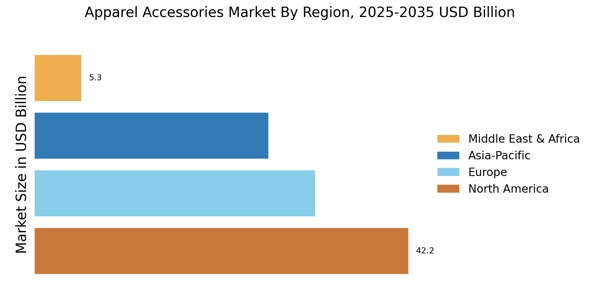
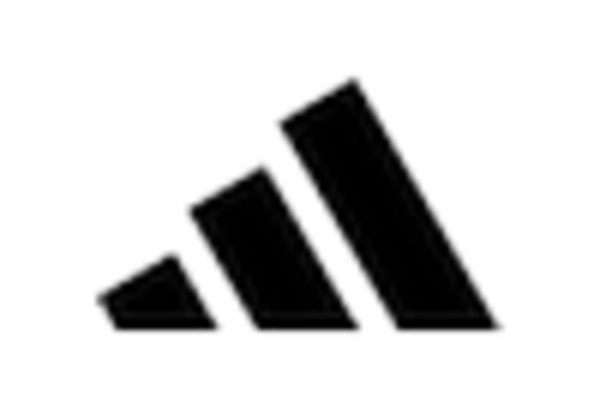
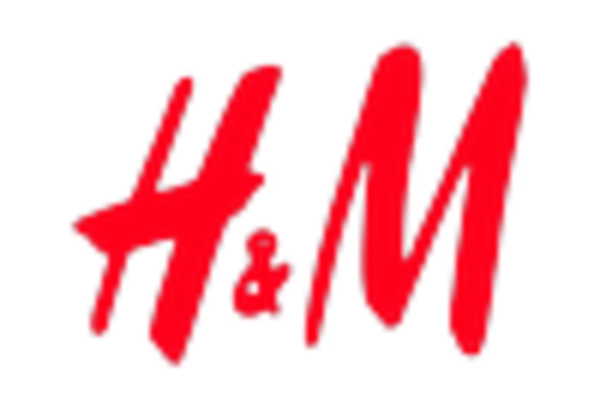
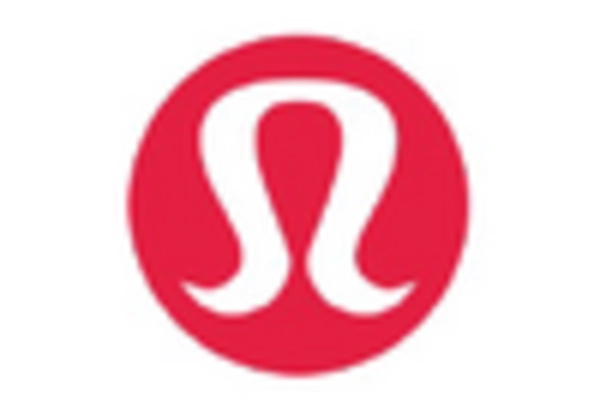
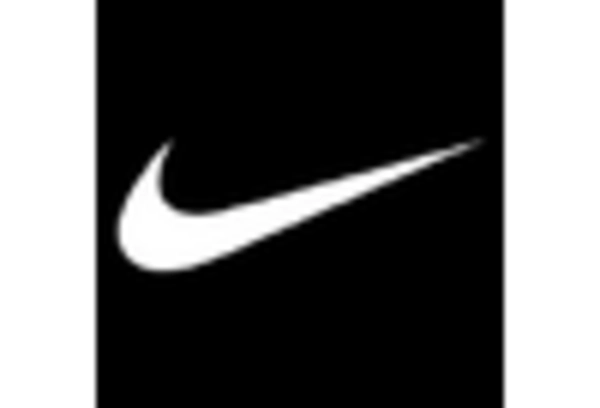
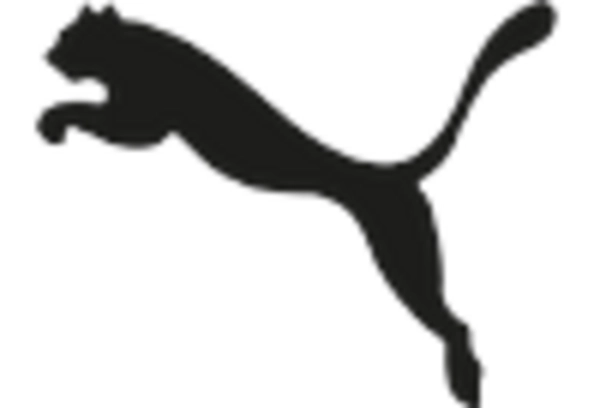
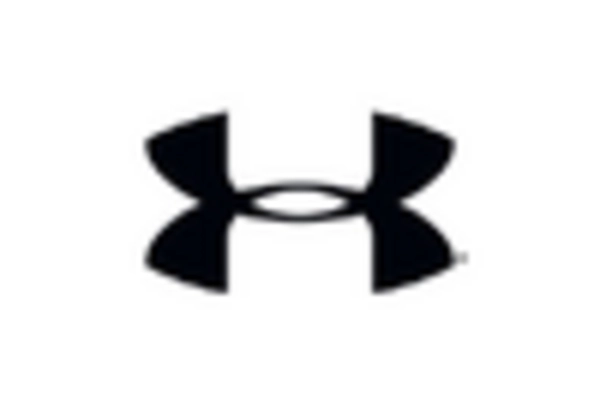








Leave a Comment